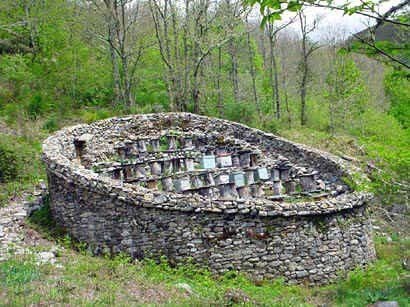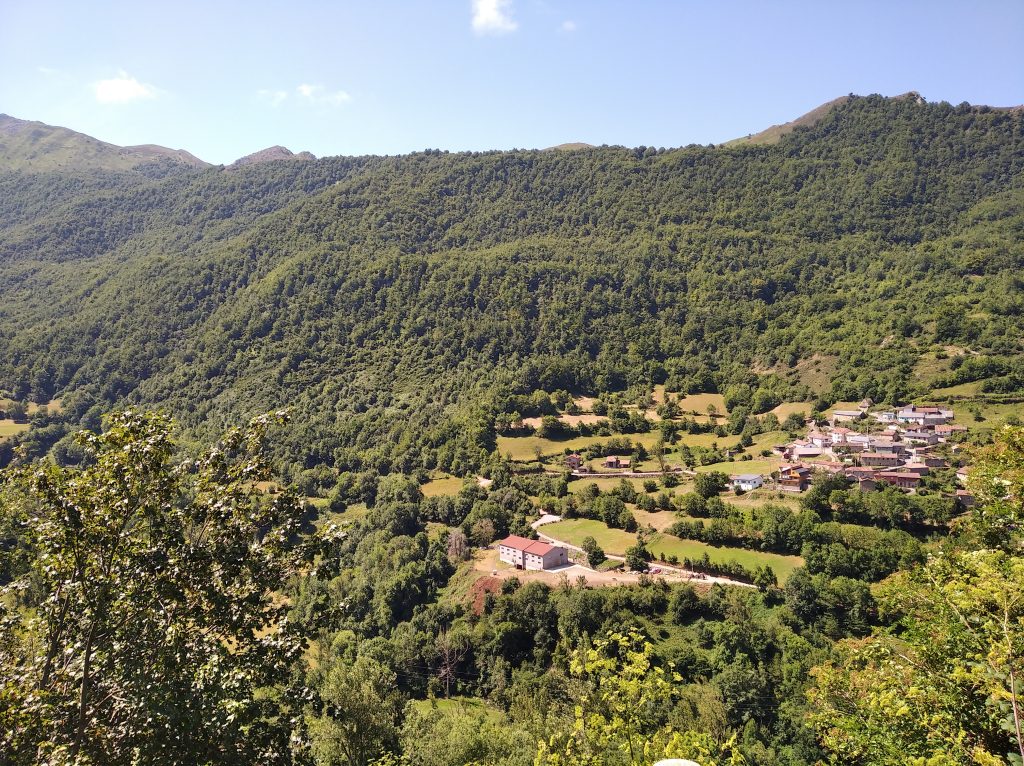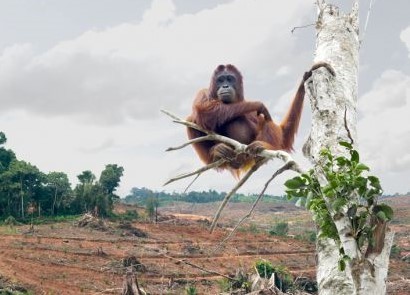In the 1990s the bear population of this mountain range consisted of about 50-65 in the western population, and 14-20 in the east. No more than 30 years later, that population numbers 300-400 (as much as a 6 fold increase).
How did they do this, and can the success be replicated. It is thought that just two stems were responsible for their recovery.
- Firstly, efforts to protect the environment have been successful. With a healthier ecosystem, the country is more capable of sustaining a bear population.
- Secondly, education of both locals and visiting tourists has lead to a greater acceptance of the bears. Furthermore, with the success of tourism, locals increasingly seeing the bears as an asset rather than a threat.
These bears are almost entirely vegetarian, and while efficient hunters whatever meat the consume, here it is usually carrion – animals that have naturally died, or been killed by other animals.
As a result, the bears are far less of a threat than wolves (though even wolves can cause little threat if farming is set up correctly). Bee keepers are threatened to a greater degree by the bears, however by returning to ancient bee keeping habits, this can be reduced to a minimum.

Back in the 1950s there is thought to have been as many as 1000 bears in the wilds of Spain, so the population still has some recovery to go through.
Never-the-less this is a good news story that is extremely encouraging that large carnivores and omnivores are still capable of surviving in the modern landscape of a western European country.
This is well worth a visit. A link will hopefully be added to this page in the next week or so




